Brazil
Geography
Brazil, officially known as the Federative Republic of Brazil, is the largest country in both South America and Latin America. It covers an area of 8,515,767 square kilometers, making it the fifth largest country in the world by land area. It is bounded by the Atlantic Ocean on the east, and it shares borders with all South American countries except for Chile and Ecuador.
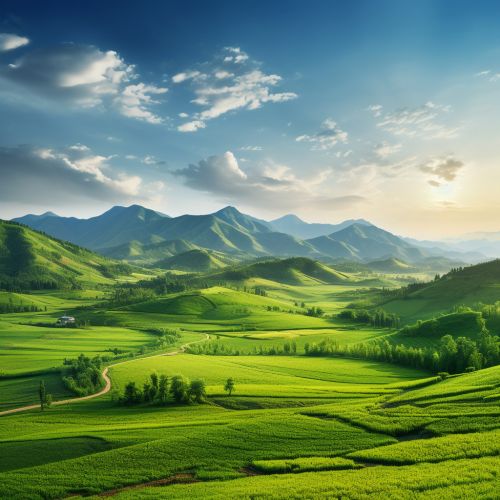
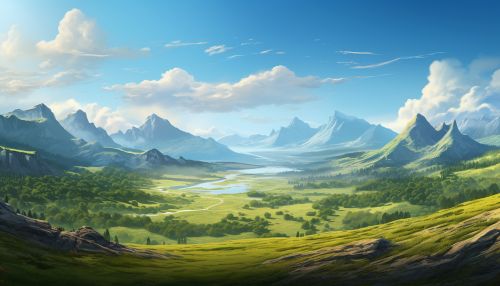
Brazil's geography is diverse, with hills, mountains, plains, highlands, and scrublands. It has a large number of ecosystems, including the Amazon Rainforest, recognized as having the greatest biological diversity in the world, with the highest number of both terrestrial vertebrates and plant species. The Pantanal, the world's largest wetland, is also located in Brazil, offering a biodiversity that is comparable to that of the Amazon.
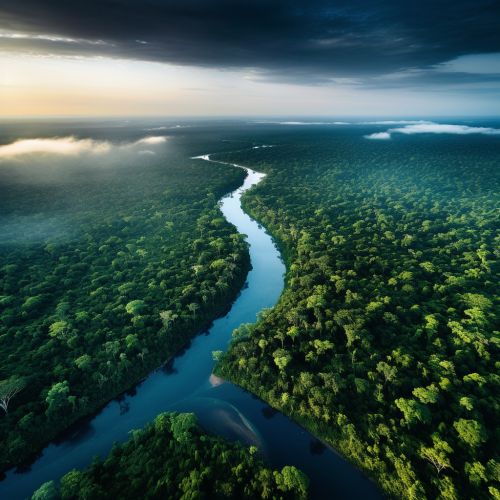
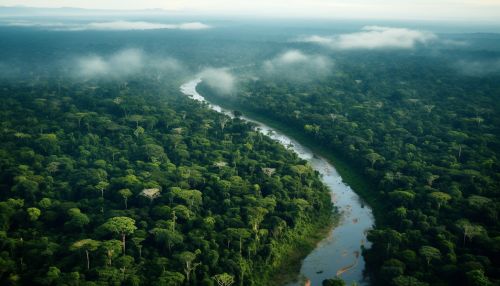
Brazil's climate varies from the tropical north to temperate zones below the Tropic of Capricorn. The Amazon Basin has a tropical climate, with a wet season and a dry season. The Northeast region experiences less rain, leading to a semi-arid climate. The Central Highlands have a temperate climate, with a rainy season in the summer and a dry season in the winter.
History
The history of Brazil starts with indigenous people in Brazil. Europeans arrived in Brazil at the opening of the 16th century. The first European to colonize Brazil was Pedro Álvares Cabral on April 22, 1500 under the sponsorship of the Kingdom of Portugal. From the 16th to the early 19th century, Brazil was a colony and a part of the Portuguese Empire.
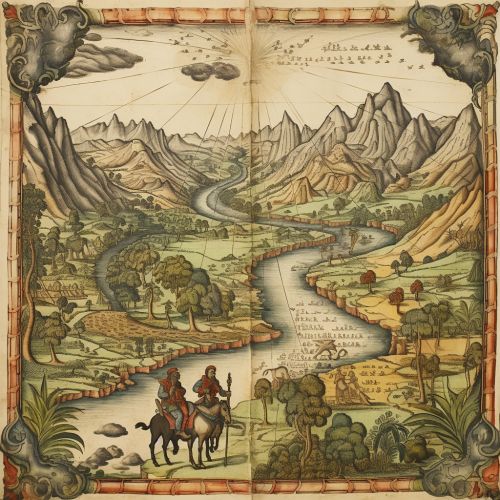
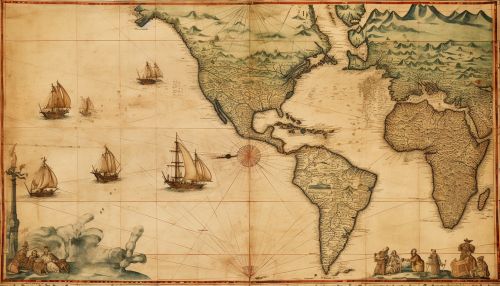
The country expanded south along the coast and west along the Amazon and other inland rivers from the original 15 donatary captaincy colonies established on the northeast Atlantic coast east of the Tordesillas Line of 1494 that divided the Portuguese domain to the east from the Spanish domain to the west. The country's borders were only finalized in the early 20th century.
On September 7, 1822, the country declared its independence from Portugal and it became the Empire of Brazil. A military coup in 1889 established the First Brazilian Republic. The country has since been a federation, except for a long period of military dictatorship from 1964 to 1985. It is now a democratic federal republic.
Politics
Brazil is a federal republic composed of 26 states, one federal district, and the 5570 municipalities. It has a multi-tiered system of government with authorities distributed among three branches: executive, legislative, and judicial.
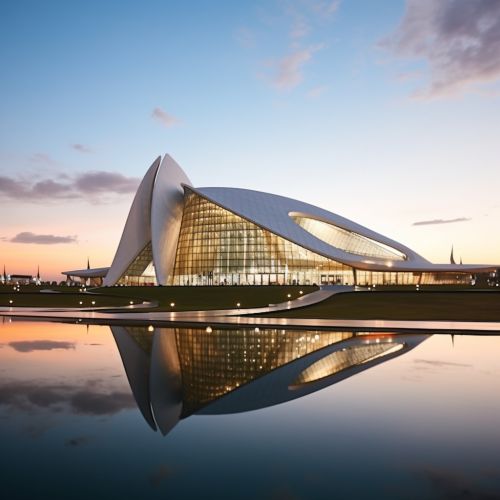
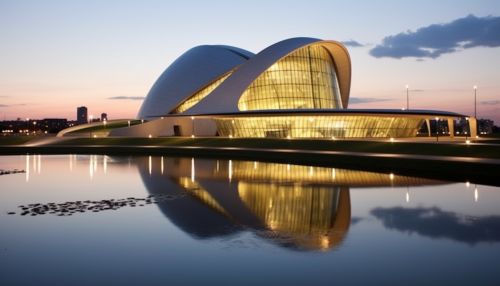
The executive branch is headed by the President who is both the head of state and the head of government. The President is responsible for appointing the Cabinet and the heads of the government departments. The legislative branch consists of the National Congress, which is made up of two chambers: the Federal Senate and the Chamber of Deputies. The judicial branch is headed by the Federal Supreme Court, the highest court in Brazil.
Brazil's political framework is a federal republic, which is based on the principles of sovereignty, citizenship, dignity of human beings, social values of labor and freedom of enterprise, and political pluralism. The constitution guarantees the fundamental rights and freedoms of all citizens.
Economy
Brazil has the ninth largest economy in the world by nominal GDP and the eighth largest by purchasing power parity. The Brazilian economy is characterized by moderately free markets and an inward-oriented economy.
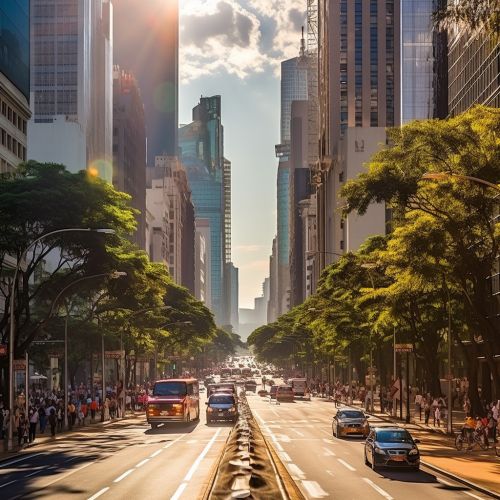
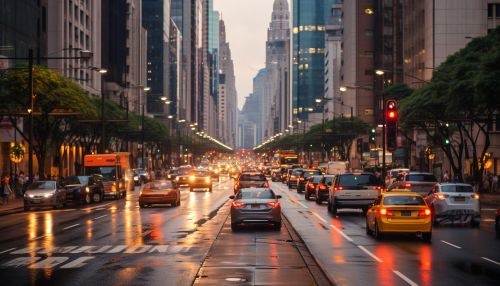
Brazil's economy is diverse, covering agriculture, industry, and services. The country has been expanding its presence in international financial and commodities markets, and is one of a group of four emerging economies called the BRIC countries. Brazil has a large and growing middle class and is a leading producer of a host of minerals, including iron ore, tin, and gold.
The agriculture sector of Brazil is well diversified, and the country is largely self-sufficient in food. Brazil is a major exporter of soybeans, coffee, and tropical fruits. Brazil has a large livestock industry, and it is a major exporter of beef.
The industrial sector in Brazil is the largest in Latin America. The industries are diverse, including automobiles and parts, machinery and equipment, textiles, cement, and consumer durables. Brazil has a large and sophisticated tertiary sector that includes services such as banking and e-commerce.
Culture
Brazilian culture is a melting pot of influences from its native people, Portuguese colonists, immigrants from Europe, Africa, the Middle East, and Asia, and neighboring Latin American countries. The diversity of Brazilian culture is evident in its music, cuisine, art, and dance.
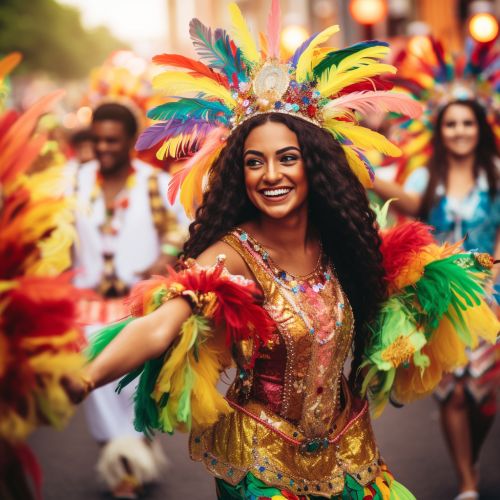
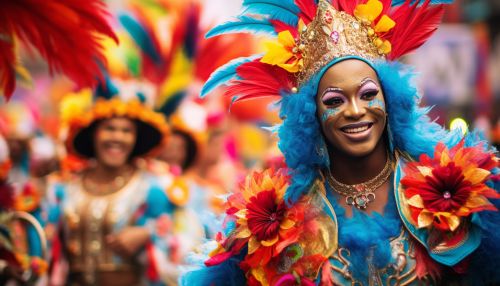
Music is a fundamental part of Brazilian identity, with genres like samba, bossa nova, and MPB (Popular Brazilian Music) being internationally recognized. The country is also known for its passion for football, with many Brazilians being avid supporters of local teams.
Brazilian cuisine varies greatly by region. The national dish is feijoada, a black bean stew with pork. Other popular dishes include acarajé, vatapá, and moqueca. Brazil is also known for its love of fresh fruit juices and coffee.
